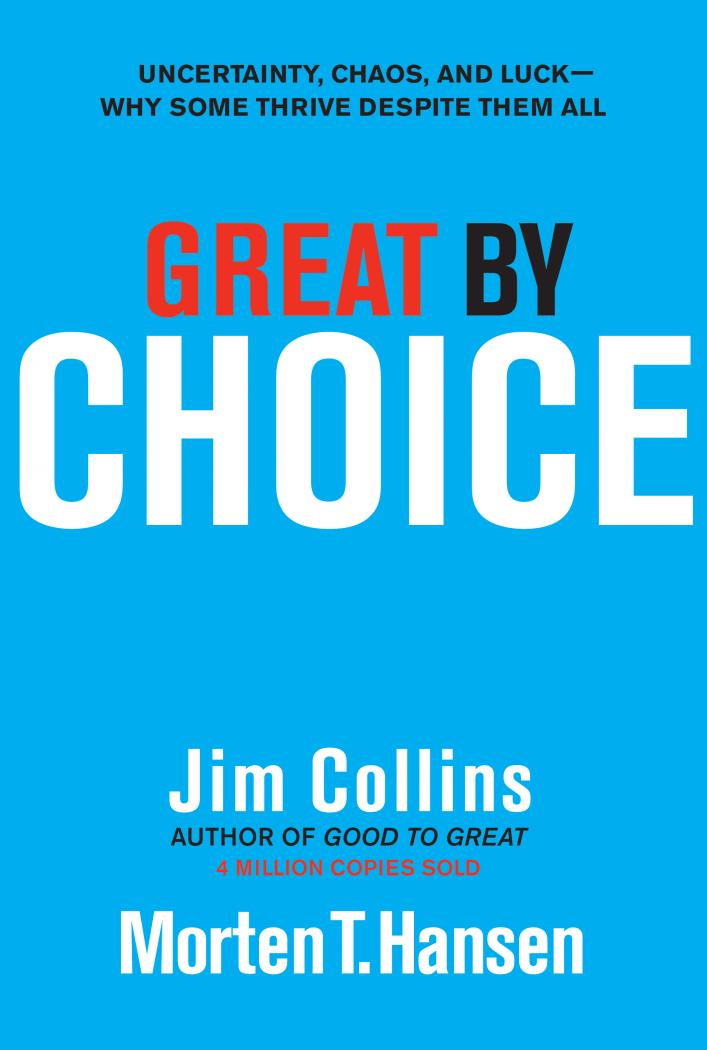Great by Choice: Summary and Review

Great by Choice: Uncertainty, Chaos, and Luck—Why Some Thrive Despite Them All by Jim Collins and Morten T. Hansen

Review
The most important idea I took away from this book was “return on luck”, that extraordinarily lucky people aren’t actually more lucky than others, but are able to go all-in and bet 100% of their effort on a good luck event when it occurs.
Summary
Twenty Mile March
To make progress, don’t march more than 20 miles per day, but also don’t march less than 20 miles per day. Similar to the advice of “write a little bit every day if you want to be a good writer”. See also 20 Mile March and 1% better every day
John Brown understood that if you want to achieve consistent performance, you need both parts of a 20 Mile March: a lower bound and an upper bound, a hurdle that you jump over and a ceiling that you will not rise above, the ambition to achieve and the self-control to hold back.
Fire Bullets, Then Cannonballs
Basically, the “Lean Startup” approach, ship an MVP before you ship the final product.
Leading Above the Death Line
Don’t be lazy about preparation, e.g. test your IMAX camera at freezing temperatures first before hauling it up to Everest to take pictures.
SMaC: Specific, Methodical, and Consistent
Make a recipe that any idiot can follow to avoid environments that are prone to induce whipsawing. Then, be an idiot yourself because if you are too clever you will deviate from the plan and fail.
Return on Luck
The difference between Bill Gates and similarly advantaged people is not luck. Yes, Gates was lucky to be born at the right time, but many others had this luck. And yes, Gates was lucky to have the chance to learn programming by 1975, but many others had this same luck. Gates did more with his luck, taking a confluence of lucky circumstances and creating a huge return on his luck. And this is the important difference.
